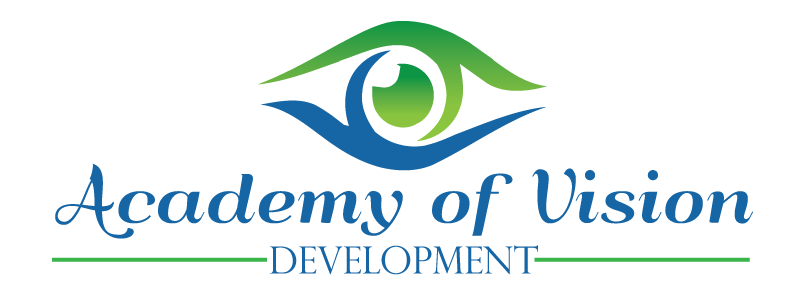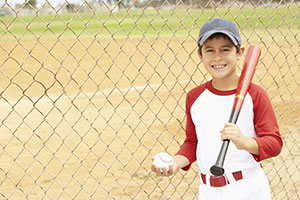Background information:
Typically small amounts of prism are helpful in changing how you process visual information to get a more comfortable visual experience.
We speak of prism in terms of the base: base out (BO), base in (BI), base left (BL), base right (BR), base up (BU), base down (BD).
A prism deviates the image away from the base/thickest side (toward the apex- thinner edge of the prism) so if you’re looking through BO prism, the image for each eye is deviated inward.
Most doctors only use prism as a compensating lens as that was how we were taught in optometry school. Which means, if someone has an eye that turns out, put BI prism over that eye to get the image moved in front of the turning eye so they can (hopefully) fuse the images from each eye.
Unfortunately, this only works for a short amount of time because the REASON for the eye turn was never addressed (with Vision therapy), and the visual system “eats up” the prism and needs more and more over time to keep the images in front of the eyes. Sadly, the next (uninformed) recommendation is surgery because at some point, prism power gets so high they can no longer make glasses that thick!
Behavioral optometrists know that, compensating prism is usually only helpful for short periods of time (usually brain injury or sudden onset double vision in an adult because of an acute medical condition). Otherwise, we understand that tiny amounts of prism can help change the visual processing of information which leads to much better function.
PATIENT SUCCESS STORY:
I recently did a 6 month, Vision Therapy progress exam on a patient that originally came to me from a local optometrist who was concerned that the patient could not see better than 20/60 in each eye even with glasses.
This was a 9 year old boy (undiagnosed, but suspected high functioning autism spectrum disorder), with an IEP, difficulty reading, and it was discovered during the initial exam that he could not “see” red or green, he just said white, yet color vision testing was completely normal. Mom was floored that he couldn’t see colors.
The usual old refraction using plus or minus lenses also only got him to 20/60, just like the referring doctors’ assessment.
But with prism assessment and trial frame in the office, he could see 20/25.
*The look on his face was priceless!*
He walked around with a big grin and looked at everything intensely. When asked what he saw, he exclaimed, “Everything looks SO REAL!” He didn’t want to leave the trial frames, he wanted to take them home with him!
During reading assessment, I had him read Charlotte’s Web (a bit over his ability) and without prism glasses it was choppy and he sounded out words and really struggled, pop in the prism glasses and his reading, rhythm and cadence were perfect! Mom had to pick her jaw up off the floor! I could lift the glasses again, poor reading, stuttering, etc, put them in, perfect reading. Wish I had it on video, but there’s only one of me LOL!
Eye movements were extremely stressful for him, following a target especially in toward his nose made him give up, back his head away in distress, face flushed, eyes watered and he would exclaim, “That hurts!”
After getting the new glasses with low BD prism (yes, base down) he would refuse to take them off. We started VT. Teachers and parents were incredulated at the immediate difference in his abilities to read, write and sit still. Classroom behavior improved tremendously. Now flash-forward 6 months, he’s been off school for a month and stopped wearing glasses off and on in June.
Recent 6 month progress evaluation, Dad brought him in (it’s always been mom until this appointment) and I asked what differences have you noticed since doing VT? Dad said, everything! Better reading, better writing, happier, no more meltdowns, but especially now he can see color!
And it was true, he could see 20/25 without glasses, could easily name red/green, easily do eye movements without glasses or stress (this boy used to cry in therapy when asked to remove his glasses to do some activities, it was so stressful for him), overall stereopsis improved, balance and coordination improved, peripheral awareness improved, now he’s playing baseball!
This boy will most likely no longer qualify for an IEP, and they are exploring reducing/eliminating ADHD medications with his psychiatrist.
So, low prism (usually called yoked prism) aids in changing visual processing and I only learned this after optometry school when I did all the certification and training to become a Behavioral Optometrist.
It’s especially helpful for Autism Spectrum Disorder patients who process visual information differently than neuro-typicals. But is extremely effective in those tough cases where nothing else seems to work.
“Changing input, changes output” as Merrill Bowen, OD likes to say.

